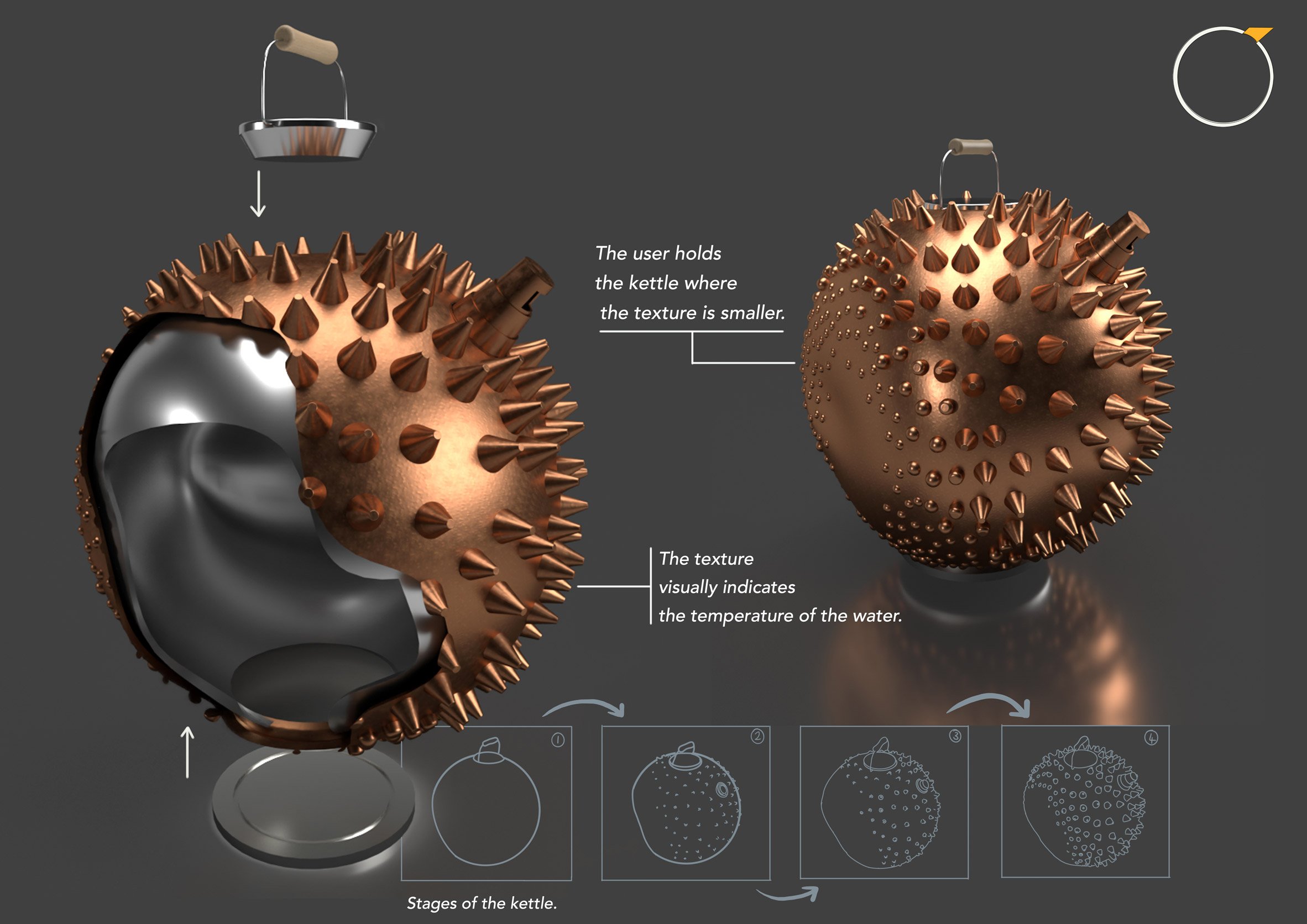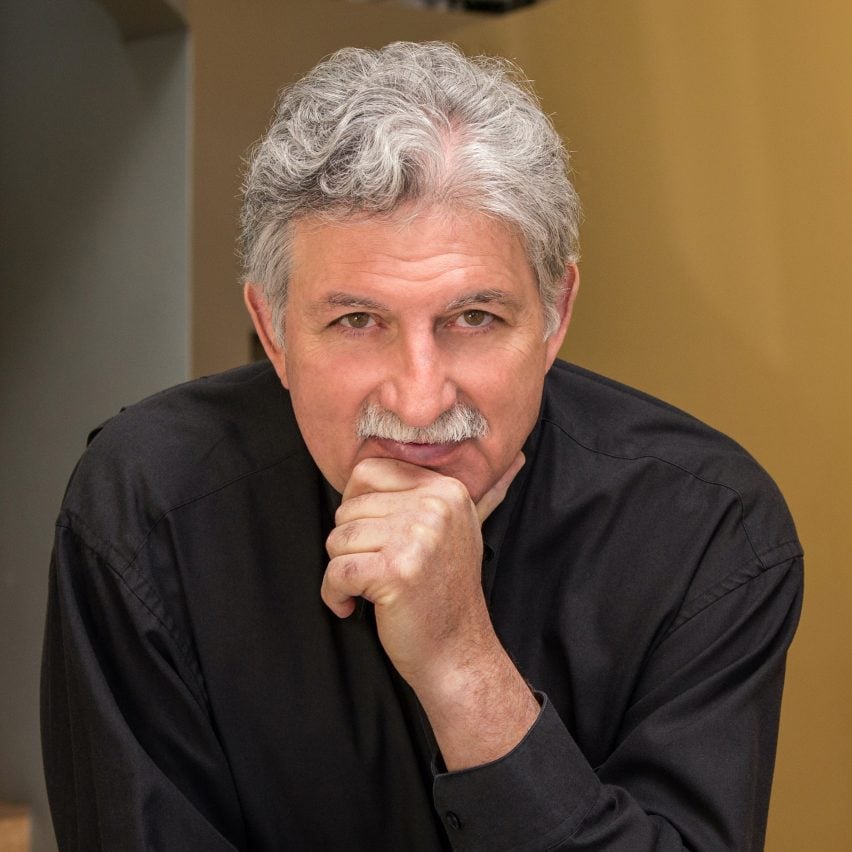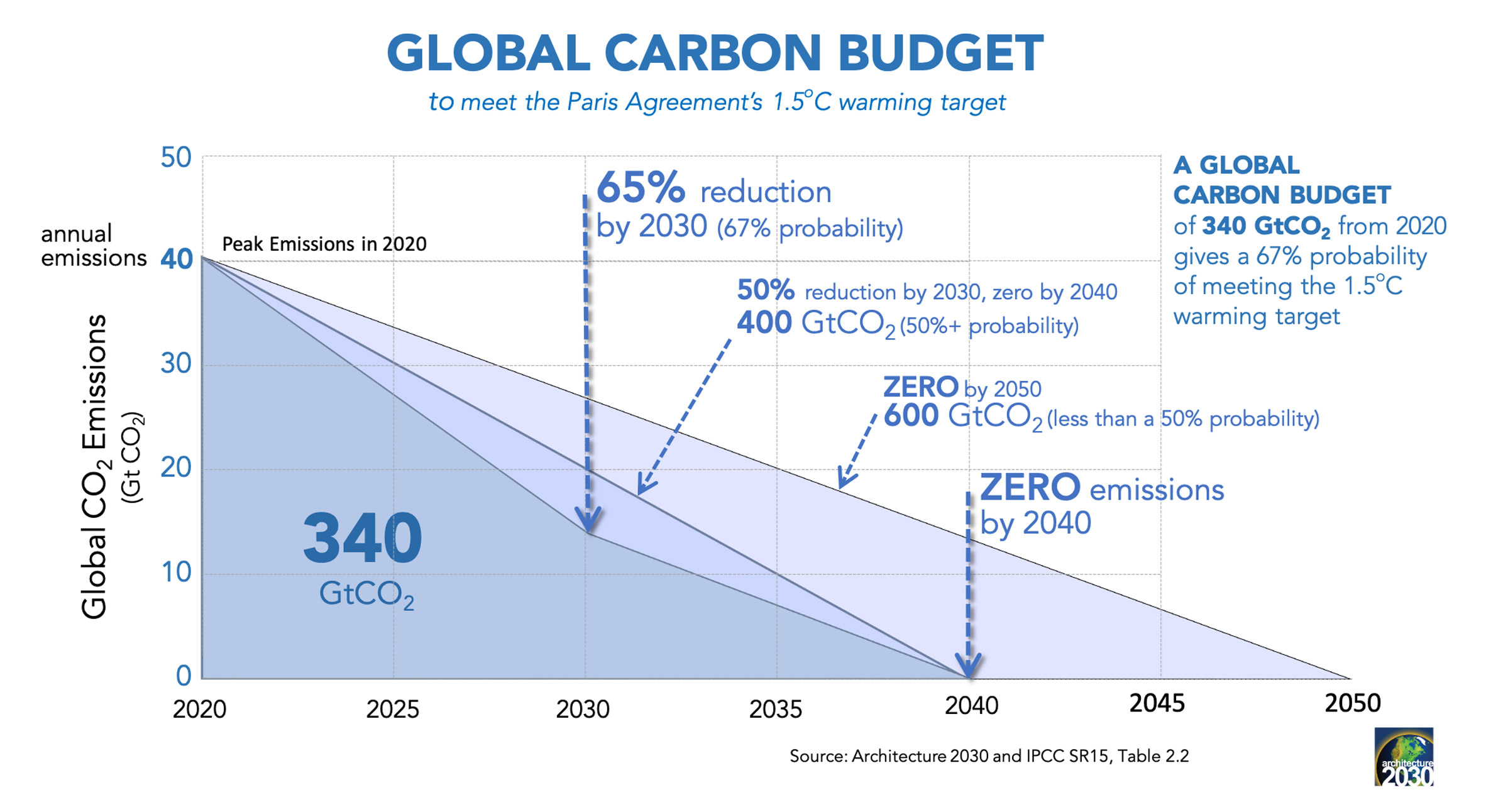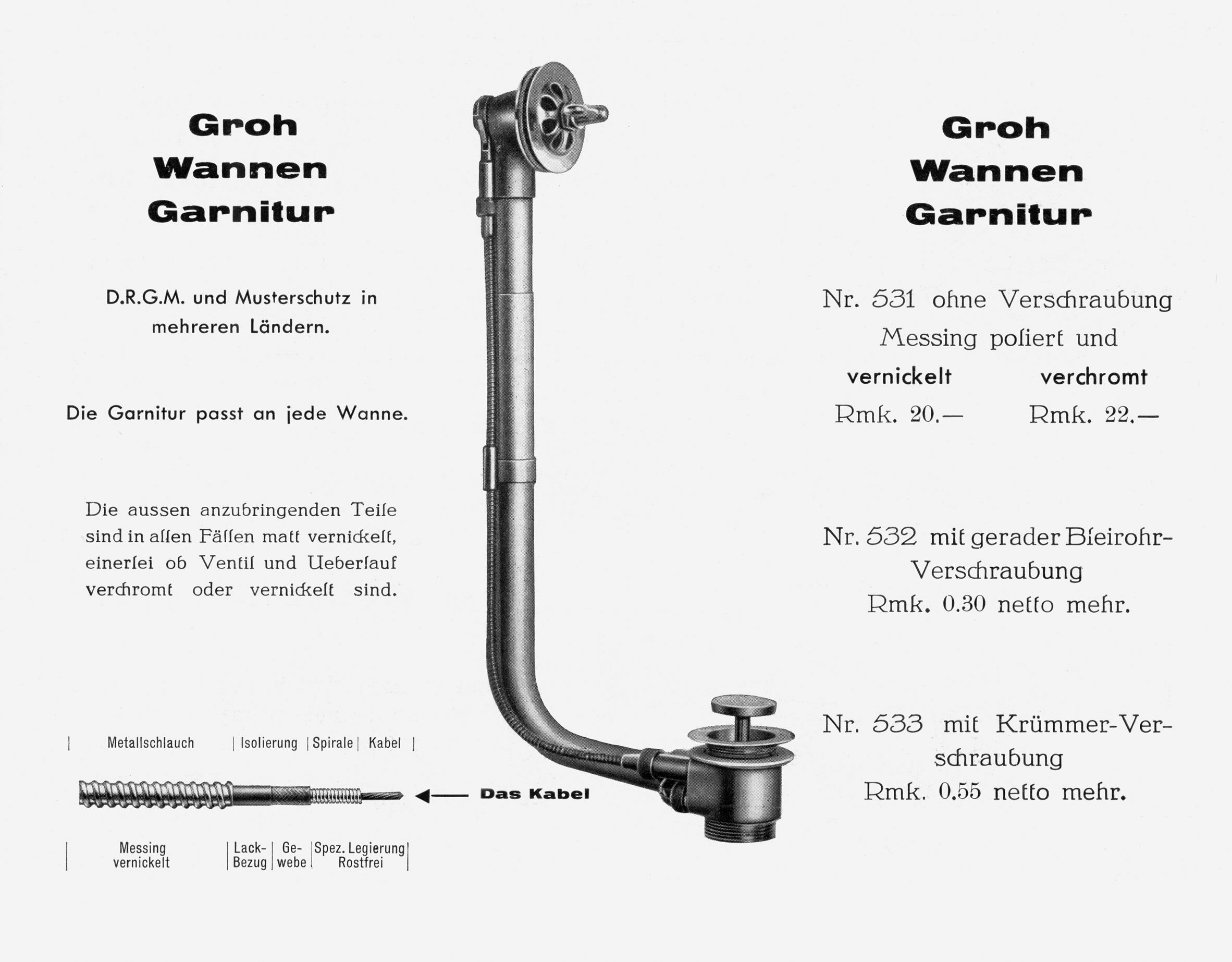
In this week's comments update, our story quoting experts who say planting trees "doesn't make any sense" in the fight against climate change has triggered a furious reaction from readers.
"Absolute garbage," said Rory in the story's comments section. "Trees have a massive potential for capturing carbon."
"What claptrap," added David Graybeal. "Someone with a financial interest in an alternative disparages one perfectly good approach."
"Let's plant them anyway"
Many of the specialists quoted in our story claim afforestation is not a reliable enough method of long-term carbon sequestration since the trees need to be left growing for decades.
Several readers said that shouldn't stop tree-planting schemes. "Let's plant them anyway," said Kevin McGrath. "There are a million other benefits, not least being that they look fantastic!"
Line agreed: "Reforestation creates ecosystems that are cooling down big areas, allowing water to be better absorbed by the soil, helping biodiversity and habitat for endangered species. As valid as the concern of speed of carbon-capturing is, nature will benefit from reforestation if done in a considered and sustainable way."
Michael Wigle sympathised with claims in the article that carbon offsetting schemes can be dubious. "Saying you are offsetting carbon by planting a tree is nonsense," he said, but added: "That doesn't mean we shouldn't invest more time and effort into re-establishing true old-growth forests and greater biodiversity."
Does planting trees make sense in the fight against climate change? Join the discussion ›

Commenter says Frank Gehry should "focus on the details that keep water out of the f*cking building"
Readers are reacting to Frank Gehry's claims that he "responds to every f*cking detail of the time we're in". The architect made the comment during an interview about his new tower in Arles, which he claims fits with both the ancient Roman city and today's environmental agenda.
"I f*cking love Frank Gehry," said Anthony Provenzano Architects.
"Frank, you've earned every right to do whatever the f*ck you and your clients want," added Gregory Walker. "It's been a hell of a career. Thank you for being an inspiration on how to be an architect."
Heywood Floyd disagreed: "When I went to the Guggenheim in Bilbao there was a 55-gallon plastic garbage bin at the top of the stairs to catch the rainwater pouring in through the sculptural glazed roof. Instead of focusing on the 'f*cking details of the time we're in' he should try focusing more on the f*cking details that keep the water out of the f*cking building."
Does Gehry respond to every detail? Join the discussion ›

Corten steel is "both innovative and gorgeous," says reader
UK studio Citizens Design Bureau has renovated and extended a heritage-listed synagogue to create a museum that "tells the stories of Jewish Mancunians". Commenters are amazed.
"Not a big fan of Corten," said Marc Sicard, "but this way of using it is both innovative and gorgeous."
Orlando1a1 agreed: "This is a fantastic way to use a material that can look so oppressively industrial. When used in such a sensitive way, it transforms into something really rather beautiful and intricate. I never thought that Corten steel could be made to look almost as delicate as lace."
"Every design element compliments the existing structure instead of detracting from it or taunting it," concluded The Pixinator. "It's so harmonious and appropriate. I really love it."
Are you impressed by the renovation? Join the discussion ›
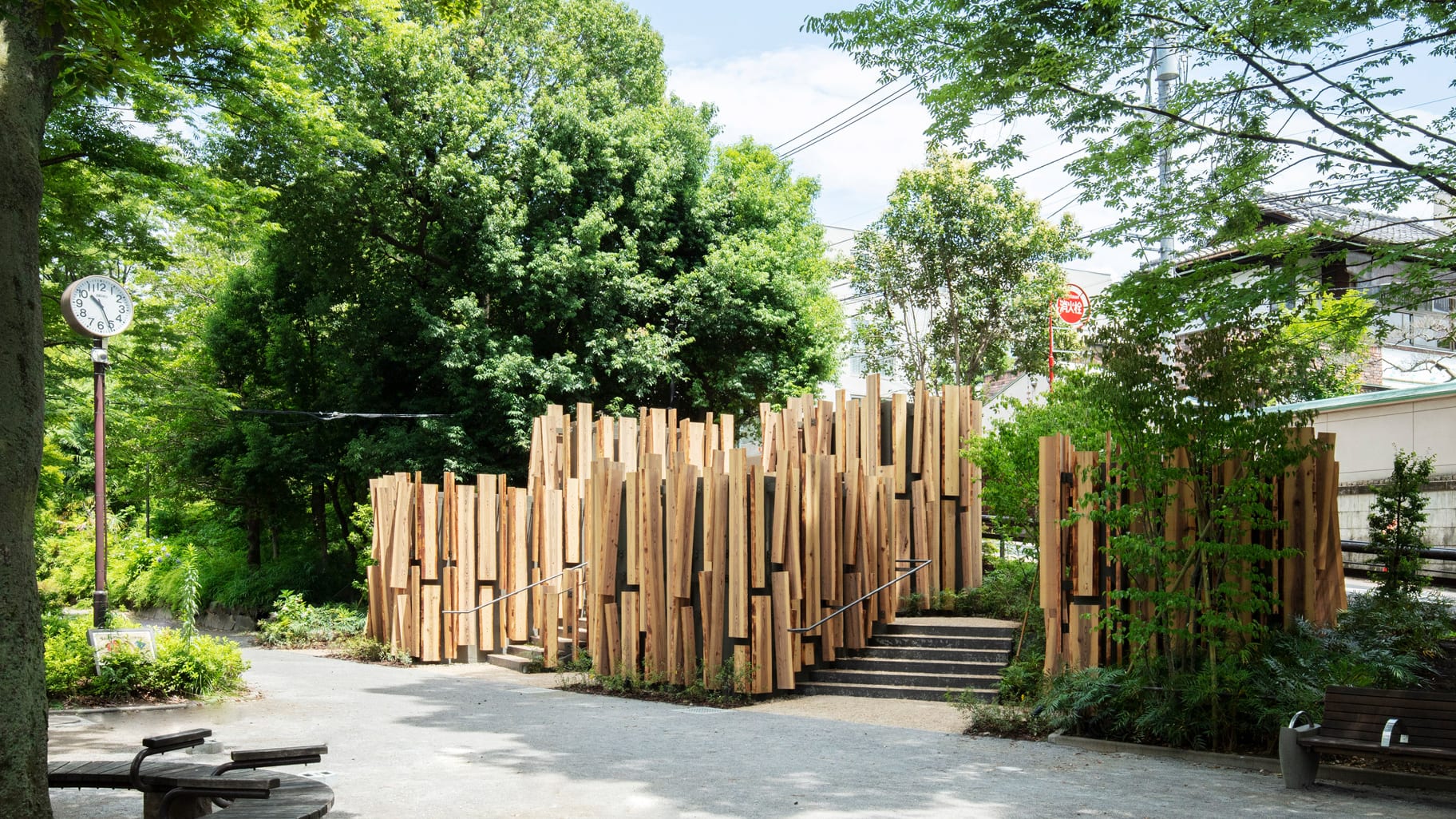
Public toilet "is the kind of thing cities need," says commenter
Readers are having mixed reactions to a toilet in Tokyo, which Japanese architect Kengo Kuma designed "to dispel the conventional image of public toilets".
"This is the kind of thing more cities need," said Charles Kelso. "Free public facilities that aren't little steel or concrete coffins."
Marc Sicard was less keen: "This is very underwhelming. Wood use seems gratuitous, the rails don't fit the overall aesthetics... not bad but very eh."
"Looks like a health and safety nightmare!" concluded Alfred Hitchcock. "I can imagine the drunk salarymen trying to negotiate this late at night."
What do you think of A Walk in the Woods? Join the discussion ›
Read more Dezeen comments
Dezeen is the world's most commented architecture and design magazine, receiving thousands of comments each month from readers. Keep up to date on the latest discussions on our comments page.
The post Claims that planting trees won't slow climate change are "absolute garbage" says commenter appeared first on Dezeen.
from Dezeen https://ift.tt/3qOgNbr









